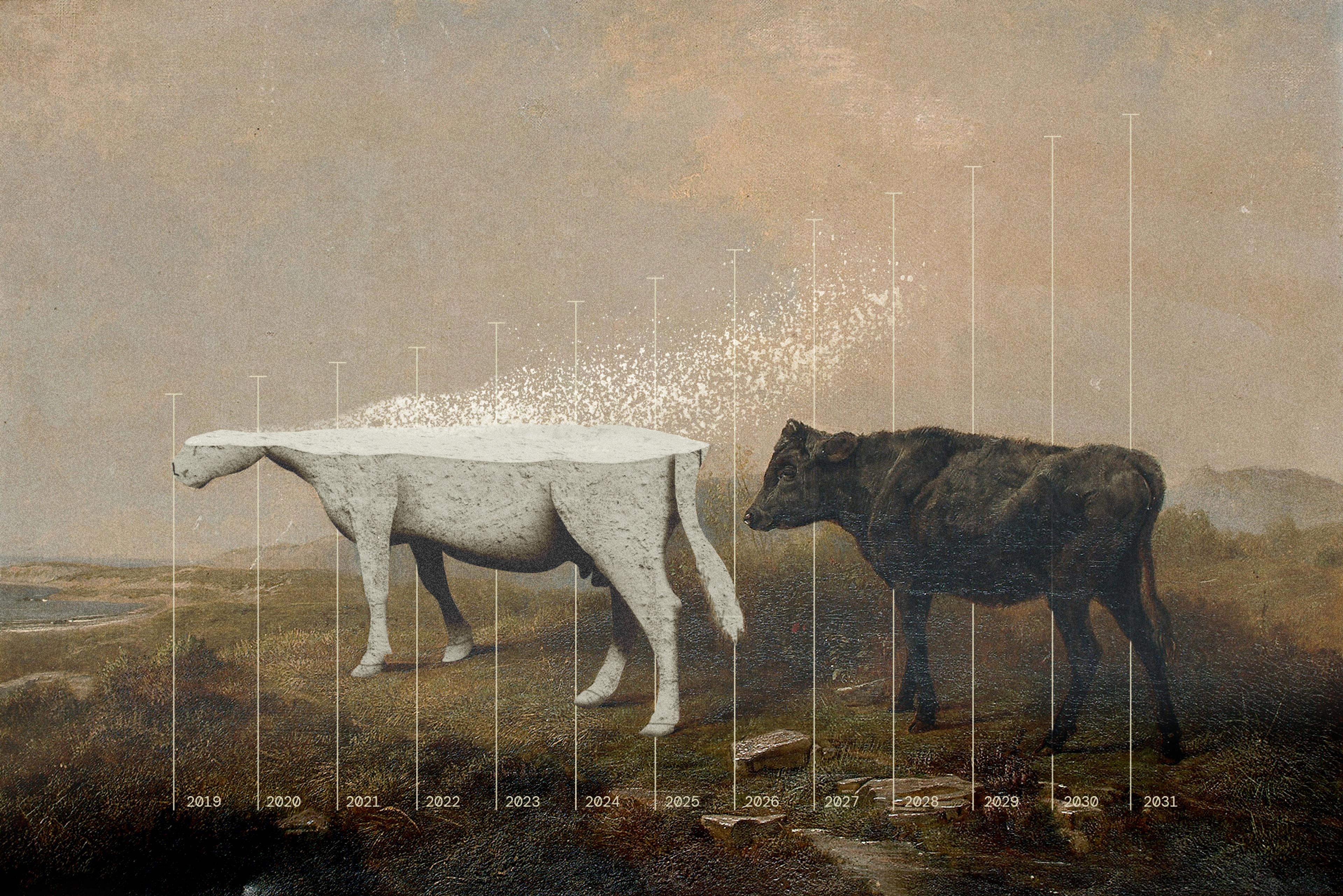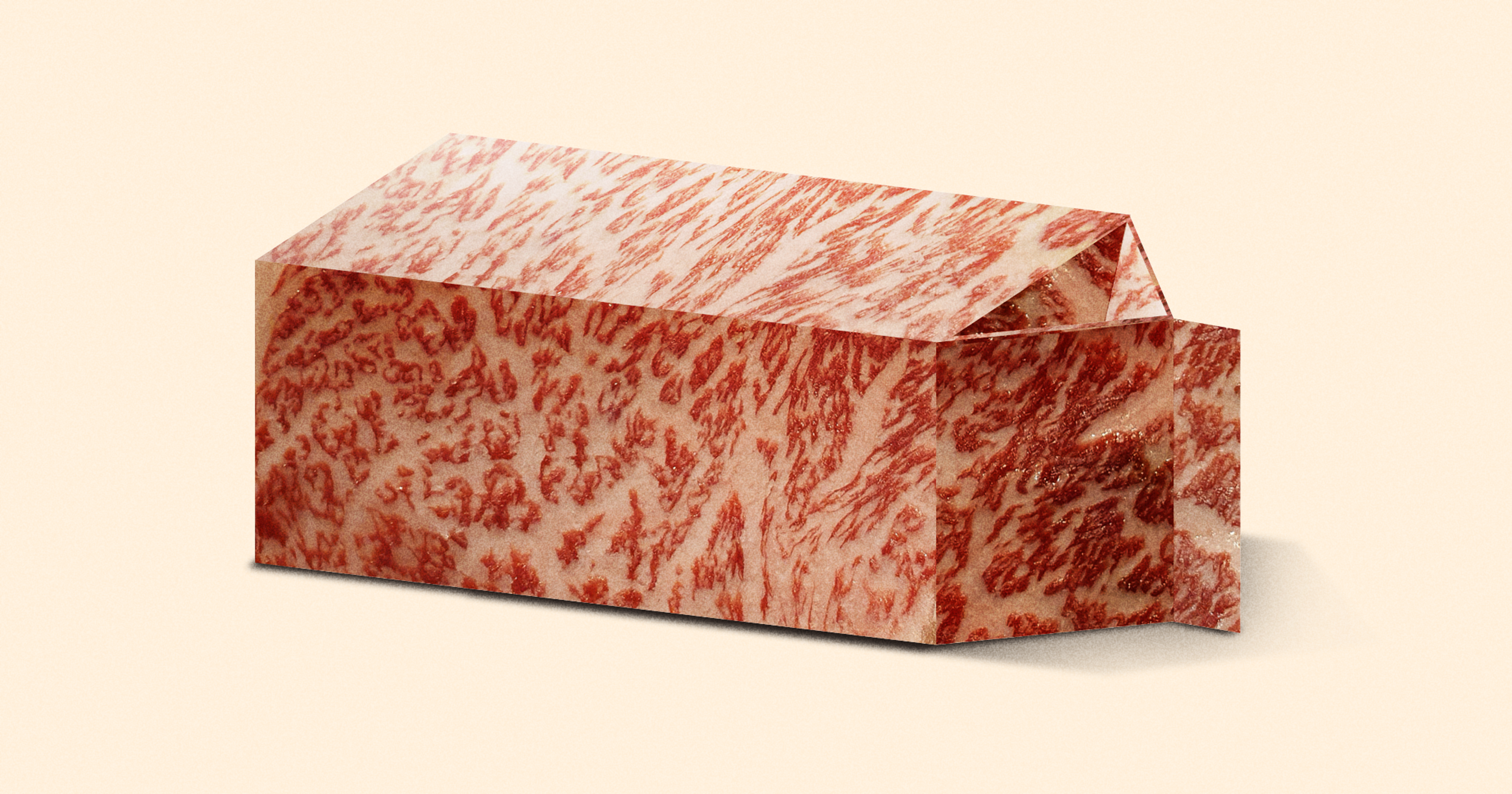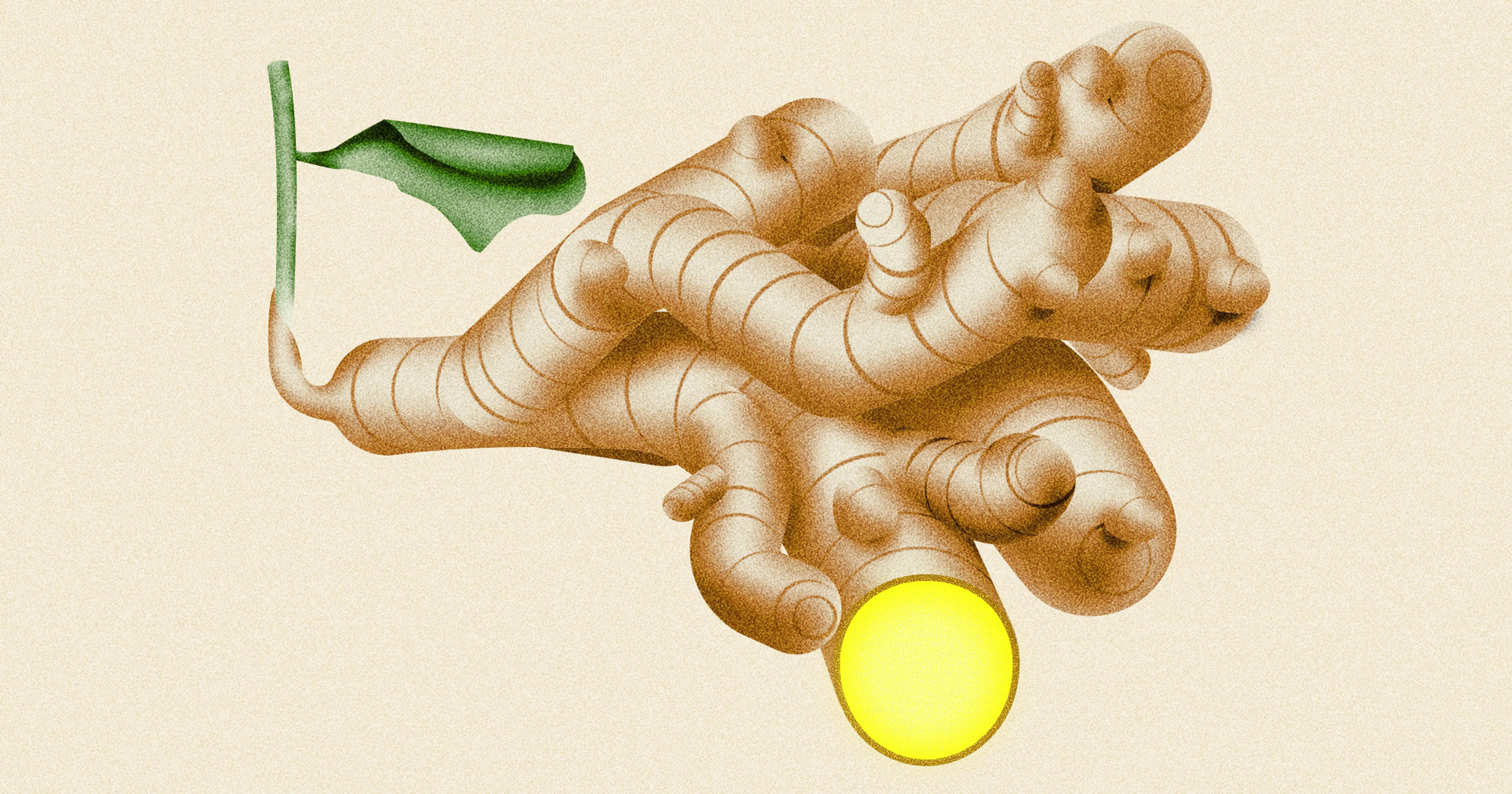Bovine colostrum is the latest “superfood” obsession on social media — but its powers are still under the microscope.
Capri Debiccari starts each day with the wafting scent of watermelon. The 29-year-old marketing strategist isn’t cutting up fresh fruit or melting down a bowl of Jolly Ranchers — she’s preparing her morning supplement: a drink made with powdered cow colostrum, the gloopy milk-like secretion produced from a cow’s udder when she gives birth. First Debiccari dumps the pink, watermelon-flavored contents of a packet into a cup of room temperature water. Then, with a milk frother, she swirls it into an airy, sweet-smelling foam.
“It’s fallen into, like, a ‘little treat’ category, which is weird for a supplement,” she said over Zoom. “I actively look forward to drinking it.”
Debiccari, who lives in Boston and whose long-suffered gastrointestinal issues worsened when she got Covid in 2022, is no stranger to self-medicating with dietary supplements. “I’m a Goop-apologist, all of that shit,” she said, in reference to Gwyneth Paltrow’s infamous health blog and product empire.
In the last several months, young people like her — especially those with similar health concerns — may have noticed a wave of targeted online ads from colostrum brands like ARMRA, Ancestral, and WonderCow. Colostrum itself isn’t anything new, but reaching the mainstream market is, at least in the U.S.
The antibody- and protein-packed substance, which delivers vital nutrients to baby mammals in their first hours of life, once held a niche foothold among athletes, appealing to body-builder types who would pound it like whey protein. But today it’s trickled down into the realm of prestige wellness, promising a panacea for gut and immunity deficiencies and all the downstream benefits of fixing them, like clearer skin and thicker hair.
Until recently, the Paltrow-inclined wellness cabal pushed a different narrative, scapegoating dairy for the very health issues that colostrum is now supposed to heal. Some loud voices in the wellness space are now wondering: What if the problem is that we’re not getting enough dairy? Or at least, not enough of the right kind? Entrepreneurs in the burgeoning colostrum market are counting on just that.
The Saskatoon Colostrum Company Ltd. (SCCL) is one of the largest veterinary colostrum suppliers in the world. But CEO Michael Chubb says there’s a lot of opportunity for adjacent nutraceutical brands (selling superfoods to humans) to better understand and market the product’s benefits. The challenge for those marketers, he said, is that when you list all the possible merits — from gut recovery to beneficial cholesterol fats and prebiotics — it sounds like you’re peddling “magic dust.”
But the potential benefits show promise, at least anecdotally. Colostrum is used to restore gut function in cows, goats, and dogs, Chubb said over Zoom. If it works in all these other mammals, “there’s an intuitive leap to say maybe it can help humans.” Still, Chubb acknowledged that clinical studies are insufficient and often funded by supplement companies, raising questions about their rigor.
The medical jury may still be out on bovine colostrum, especially its long-term efficacy and safety, but the restorative properties of human breast milk are less ambiguous. Lars Bode runs the world’s first Human Milk Institute at the University of California, San Diego. His research focuses primarily on oligosaccharides, a complex sugar that’s found in the milk of all mammals. That compound, he said, can potentially protect against cardiovascular disease and reduce heart attack and stroke.
“It’s fallen into, like, a ‘little treat’ category, which is weird for a supplement.”
The goal of the institute, he stressed, is not to commercialize human milk, but to emphasize that it is “extremely powerful” and chronically under-researched. There are enough similarities between human and cow colostrum, Bode explained, that insights about one can illuminate certain things about the other. Understanding more about milk in general — regardless of the mammal producing it — is important, he said.
Human breast milk, and especially colostrum, is already in short supply for the human babies who rely on it as a matter of life and death. That’s why Bode wants to use the institute’s learnings about the naturally occurring properties of breast milk to develop synthetic versions for pharmaceutical use. The same could be done for bovine colostrum, he argued, so that the nutrient-dense organic substance is left entirely for calves, as nature intended.
But unlike humans, dairy cows do actually produce an excess of colostrum, according to calf health expert Hayley R. Springer, associate clinical professor at the University of Pennsylvania. And because it’s the excess that gets sold, the commercial industry poses minimal threat to calf health, she said in an email.
Chubb explained that a typical Holstein will produce about 15 liters of colostrum, though her calf only needs to consume less than half of that within its first several hours of life. The calf can certainly eat more — and Chubb encourages farmers to continue feeding colostrum for longer if possible — but few farmers have the means to adequately and safely store the excess.
“Can it all go to the calf? Sure could,” Chubb said. “Will it? Probably not.”
“It’s very trendy now because of Covid, which made everybody in the world curious about what might help [with immunity].”
Colostrum isn’t sold as milk and therefore can’t be tossed into the farm’s bulk tank with the rest of the raw dairy. So when a cow gives birth, farmers have a choice. If they have the proper equipment — that is, not an “old Coke bottle,” Chubb cautioned, but a sterile container — they can freeze the colostrum for future use, ensuring that it isn’t contaminated. They can also sell it, either to a buyer for a commercial brand or to a colostrum replacer like the SCCL, which produces a shelf-stable powdered colostrum for situations when calves are unable to get it through natural means, like if the mother cow dies giving birth.
“The amount of money a farmer can earn for her extra colostrum is pretty small compared to what they would receive as a milk check,” Chubb said, “but it is extra revenue, which is appreciated by a lot of producers.”
The global bovine colostrum market is growing most rapidly in Asia and the Pacific, according to a report by Straits Research, though Chubb noted that it’s been a popular delicacy in many countries for generations. Scandinavians have been eating kalvdans, a pudding-like dessert made from unpasteurized colostrum, since at least the late 1600s. In India, kharvas is a popular milk sweet made from cow or buffalo colostrum.
As of a decade ago, the only North Americans regularly consuming colostrum were mostly “meat-heads” and the whey protein enthusiasts, Chubb said. (Brian “Liver King” Johnson, a fitness influencer who recently admitted to taking steroids, sells cow colostrum and beef liver capsules through his brand Ancestral Supplements.) But the latest formulations have a much stronger emphasis on immunity.
“It’s very trendy now because of Covid, which made everybody in the world curious about what might help [with immunity],” Chubb said. Is it going to reach the ubiquity of vitamin C or fish oil? “Probably not. But I don’t think it’ll fade out.”
Some loud voices in the wellness space are now wondering: What if the problem is that we’re not getting enough dairy?
Steph Robinson, a holistic nutrition coach and influencer, has been taking ARMRA colostrum daily since October. She had been searching for something to stabilize her gut, heal acne, and boost immunity when a “functional doctor” — or alternative medicine specialist — recommended she try colostrum. Originally from Toronto, Robinson had been living a dairy-free life in Los Angeles for the previous five years, where she said even a glug of cow’s milk in her latte would leave her crampy. But, intrigued by ARMRA’s promise to “optimize” her microbiome, she gave the powder a try.
“I didn’t even really understand the whole concept behind colostrum, just that it’s, like, the first thing that we actually consume as babies,” she said over Zoom.
The supplements have been “super beneficial,” she said. She’s since moved from L.A. to London, where she said dairy — processed differently than in the U.S. — has been much easier on her stomach.
“I don’t have anything against dairy or animal-based proteins by any means, I just think the quality is the most important thing,” she said.
Debiccari has tried to bring friends and family into the colostrum fold with minimal success. Her mom thinks it’s gross. But her live-in partner — who works with teenagers and regularly brings home their upper respiratory infections — got some colostrum packets under the Christmas tree this year. He’s been taking them consistently since January — almost long enough to start seeing results, Debiccari said. As for her, she hasn’t gotten sick in months.
So is watermelon-flavored bovine colostrum the fountain-of-youth elixir that we’ve all been searching for? Will it Benjamin Button our guts? “I don’t know,” Debiccari said. “Right now it’s just my little treat that I think keeps me from getting sick.”










